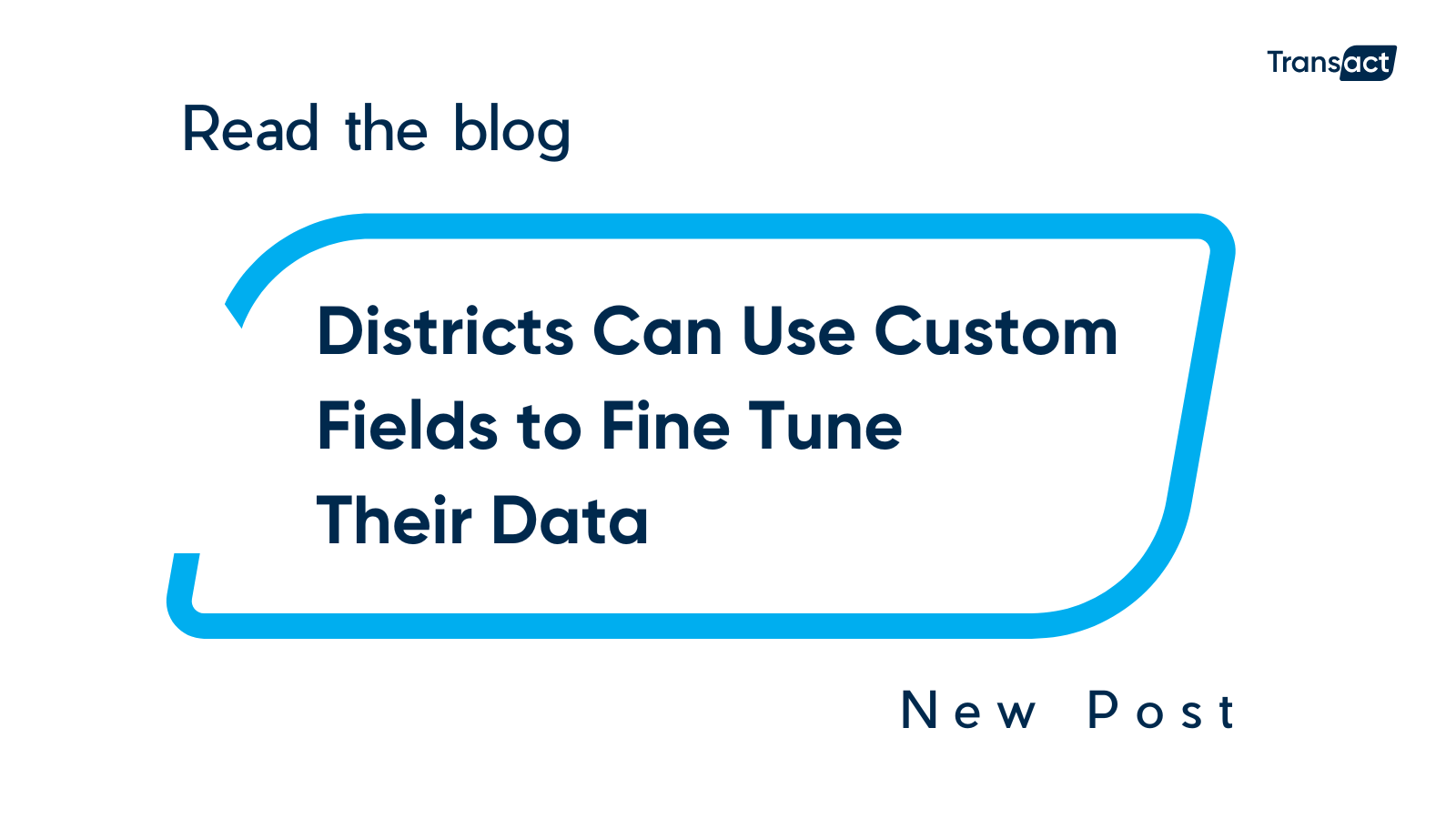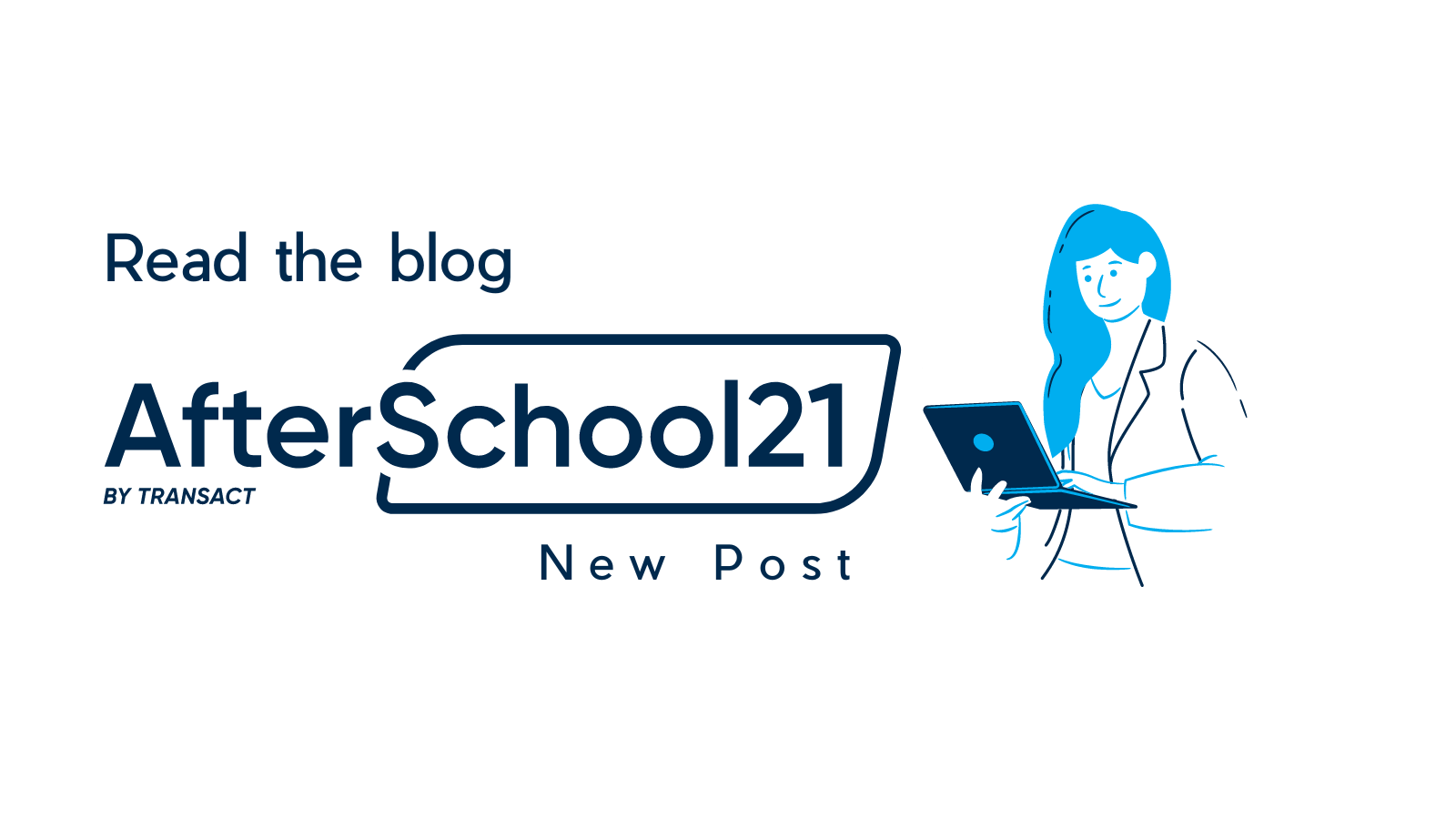Student data collection requirements are mandatory to fulfill when securing funds for grant-based programs. For those that are unaware, grant coordinators collect data to maintain the federal funds when their after-school program participates in the U.S. Department of Education's 21st Century Community Learning Centers (21st CCLC) initiative.
Read More >Alyssa Thornley

Recent Posts
Student Data Collection Solutions for Grant-Funded Programs
Districts Can Use Custom Fields to Fine Tune Their Data
The AfterSchool21 (AS21) and Homeless Information Management System for Students (HIMSS) August software development release (effective Aug. 24) gives administrative users greater flexibility to quickly and easily add custom fields to their online enrollment forms. Program admin users can create numerous custom fields instead of being restricted to the fields their state requires.
Admin users can now fine-tune their data by:
- Configuring the form to set which fields they want to include
- Select fields of various types (drop-down, multi-select, short text, long text, numeric or date fields)
- Determine if the fields are enabled or required
- Create reports based on areas specific to their district
QR Code Scanning Makes Attendance Collection Easier - AfterSchool21
After-school programs have a process to evaluate how well they are doing against their own goals by collecting data. One of the most essential yet challenging metrics to track is attendance. How do programs take attendance during a rush period? How do they ensure accuracy?
Read More >Streamline Tracking for Grant-Funded Program Data with AfterSchool21
21CCLC data management and 21APR accuracy
Grant coordinators collect a daunting amount of data to maintain the federal funds that help operate after-school programs. It is especially true when their program participates in the U.S. Department of Education's 21st Century Community Learning Centers (21st CCLC) initiative, which promotes the creation of after-school learning centers and other academic enrichment efforts.
The 21st Century Community Learning Centers (21CCLC) program awards grants to programs to fund after-school enrichment. Every state has different requirements regarding data collection, and this year is even more confusing for K-12 Grant Administrators as new government reporting requirements took effect July 1.
AfterSchool21 (AS21) by TransACT simplifies the reporting and data collection process by allowing program administrators and grant administrators to track, manage, and compile data, easing federal or state reporting burden.
Significant changes for grant-funded programs under the Government Performance and Results Act (GPRA) requirements called for more comprehensive reports in many areas. Program administrators have to pull data from new sources to show progress towards their goals. Current AS21 subscribers have access to a reporting system and automated calculations updated for GPRA changes. State Departments of Education and after-school programs across the country are already planning for these changes. AS21 provides a complete picture of a program in an easy-to-access online system:
Best Practices for Community Engagement Across the Country
Out-of-school-time (OST) programs benefit from community support, and engaging with community partners is a critical part of any program's funding sustainability plan.
Read More >What is GPRA and How Will it Affect My OST Program?
New government reporting mandates go into effect in July 2021, and 21st Century Community Learning Centers (21CCLC)-funded after-school and OST programs will be significantly impacted by the changes.
Read More >5 Tips for Maximizing Daily Attendance Rates
Attendance matters. In addition to being a factor in funding, it is also a major factor in student success. Studies have shown that “high attenders,” or students who attended their after-school programs (including summer sessions) nearly every day, gain more math, language arts, and social-emotional skills than 75-80 percent of their peers. Students who regularly attend their after-school programs are likely to experience the following benefits:
Read More >Create An after-school Program Business Plan That Will Relieve Teacher Burden
With summer coming to a close, and schools getting ready to resume the task of educating, it’s a good time to reset, reorganize, and rejuvenate. That means not only taking time to determine if your program’s current methods are helping or hurting staff, but also finding out what processes could be improved.
Read More >How to Choose the Right After-School Program Software
When the goal is to maximize the benefit K-12 students receive from after-school programs, Spending hours on complicated or monotonous administrative tasks to ensure an after school program satisfies reporting requirements and gets the funding it needs can be daunting, distracting, and at times, disheartening. These efforts take time and resource away from the more critical goal of maximizing the actual benefit students receive from after school programs.
Read More >Ways AfterSchool21 Helps Districts Track Student Data and Impact on Student Outcomes
Educators already appreciate and understand that children are our future, and they need structure and systems to thrive in school and in life. After-school programs help lend structure to children after school hours, which is why after-school programs are vital to the continued success of our students. As recently as 2014, there were 10.2 million children enrolled in after-school programs in the U.S. This is up from 8.4 million in 2009. This number only continues to grow as more and more parents are forced to work full-time outside of the home and desire a safe place for their children when school is over where they can continue to expand on the lessons they received during the school day.
Read More >


-2.png)

.png)

.png)
